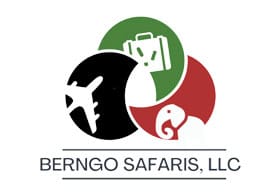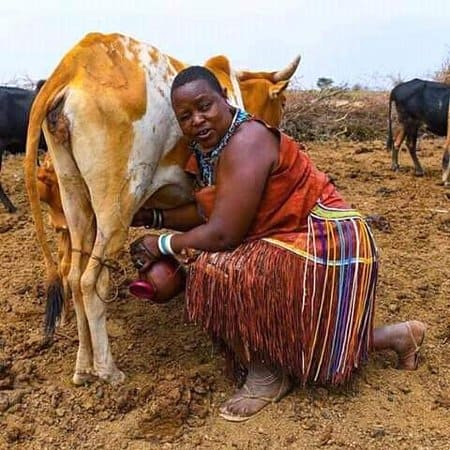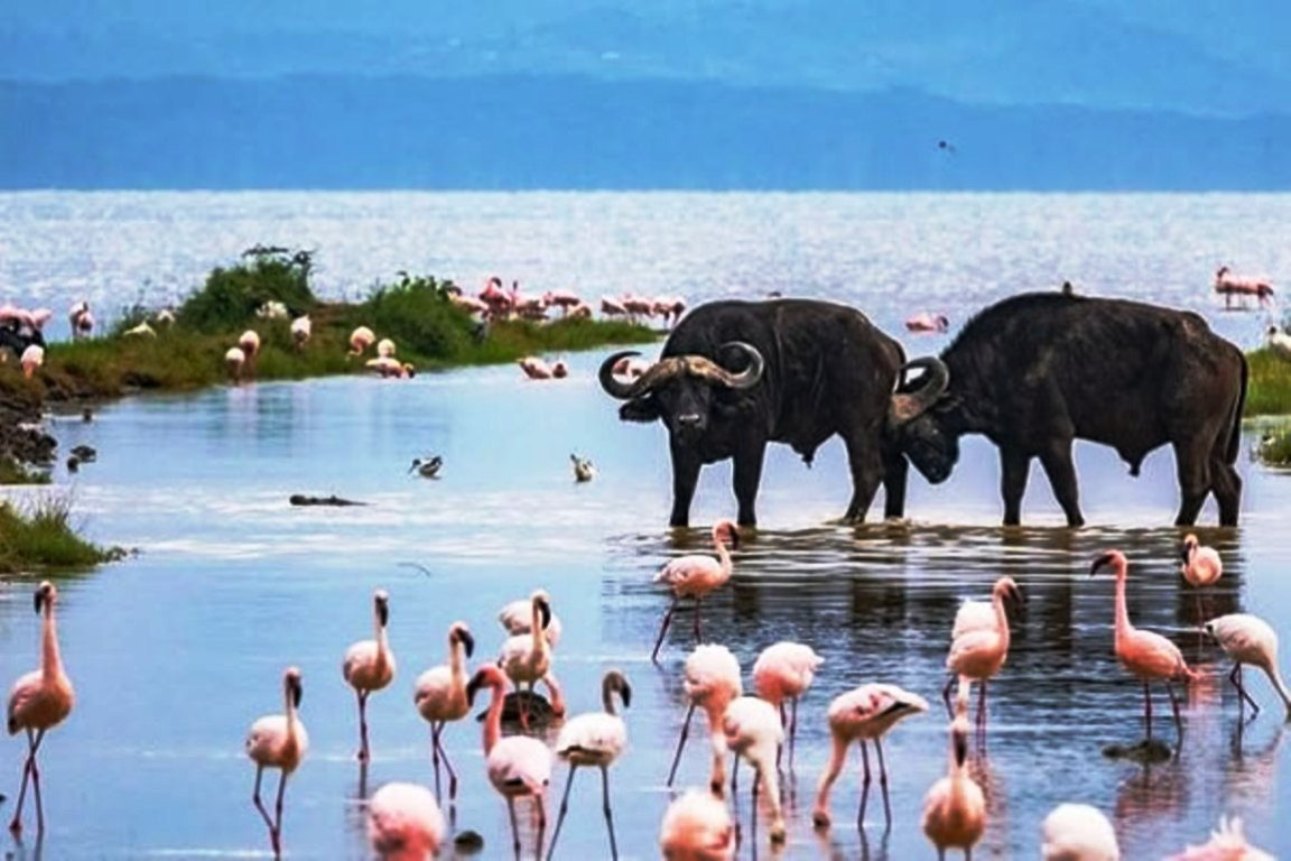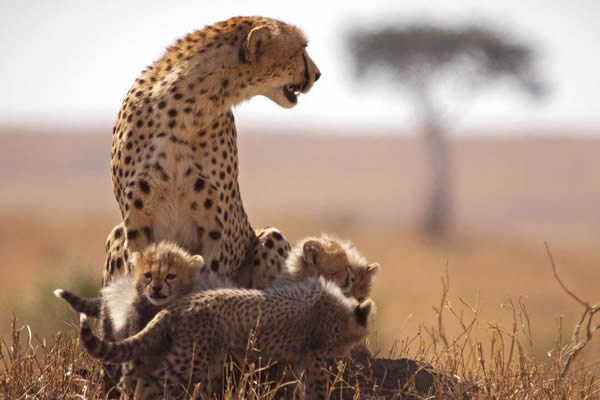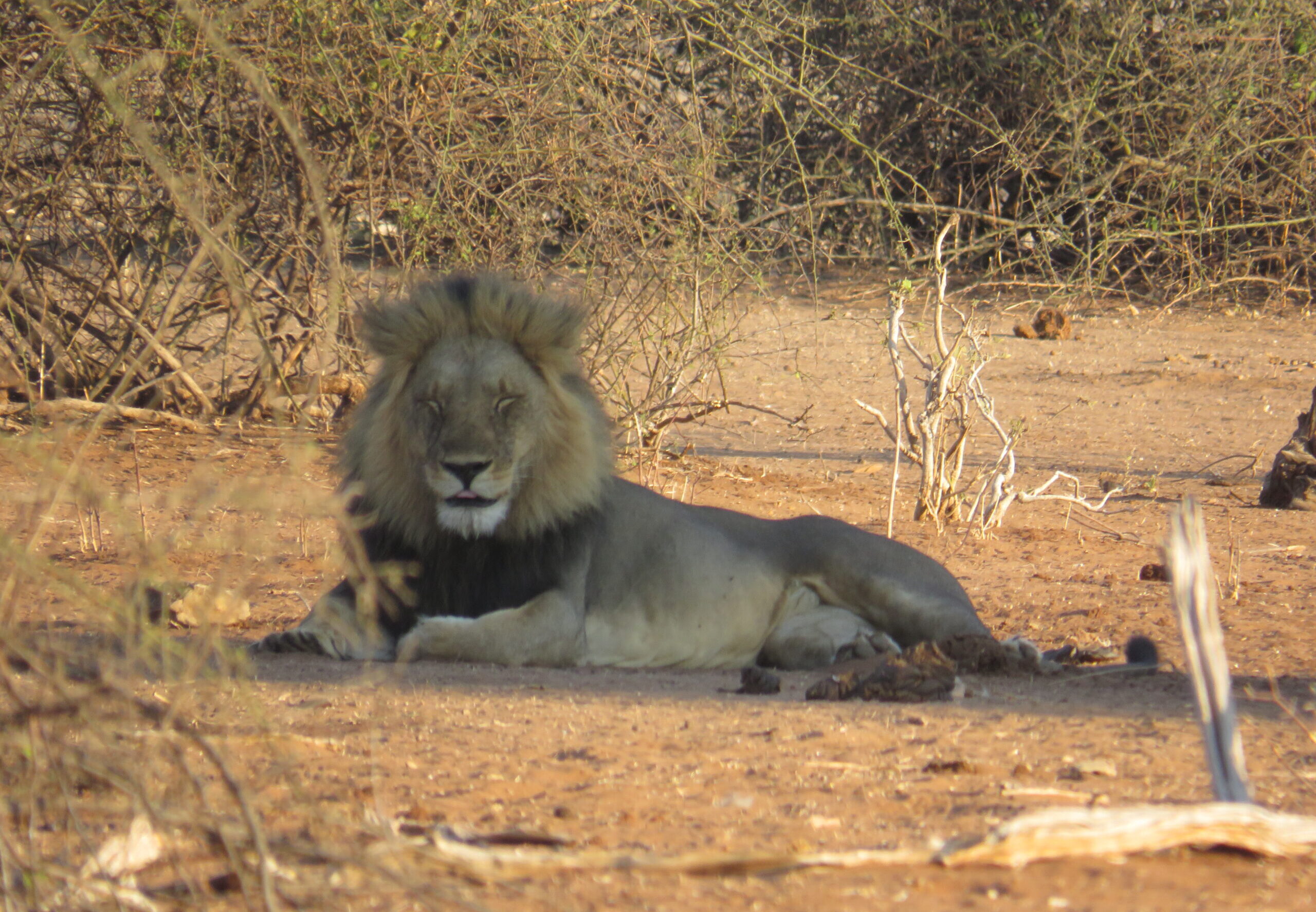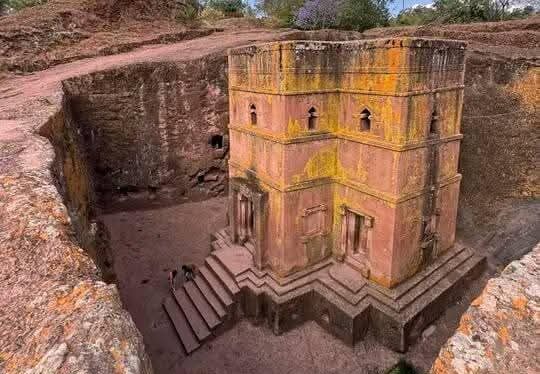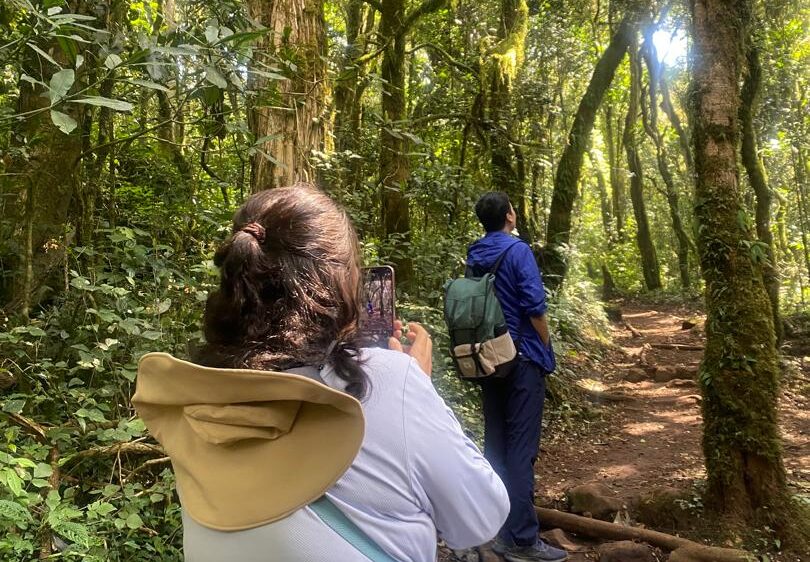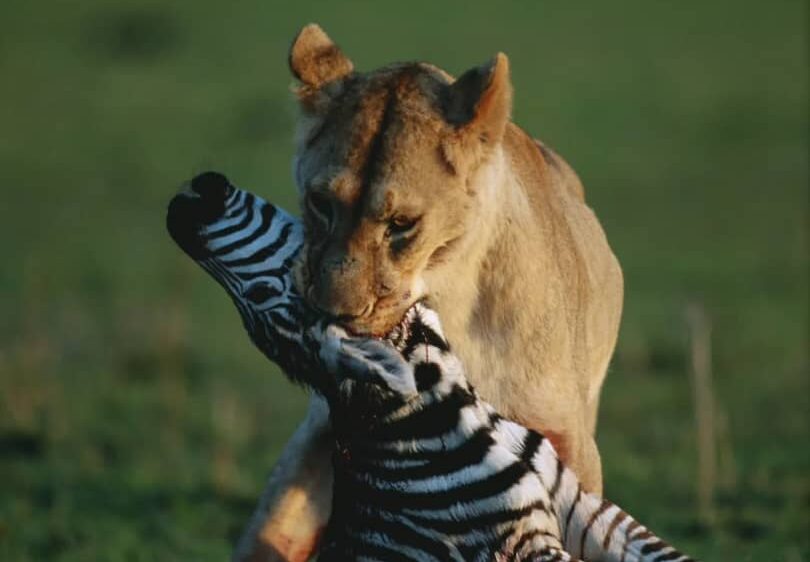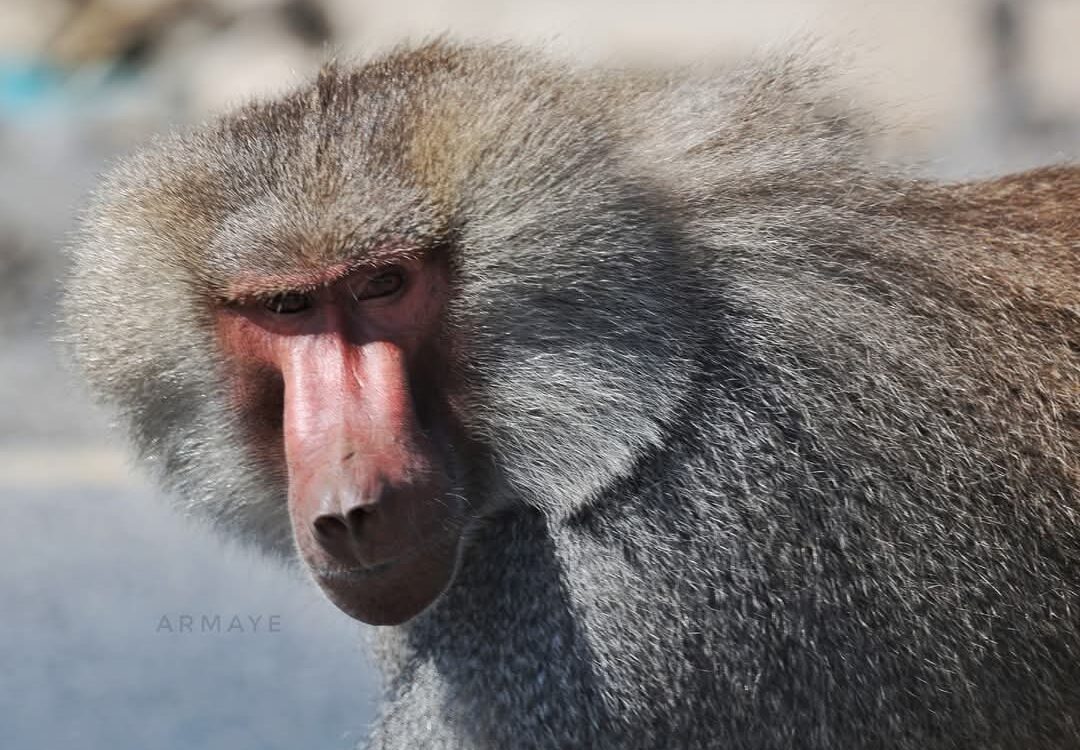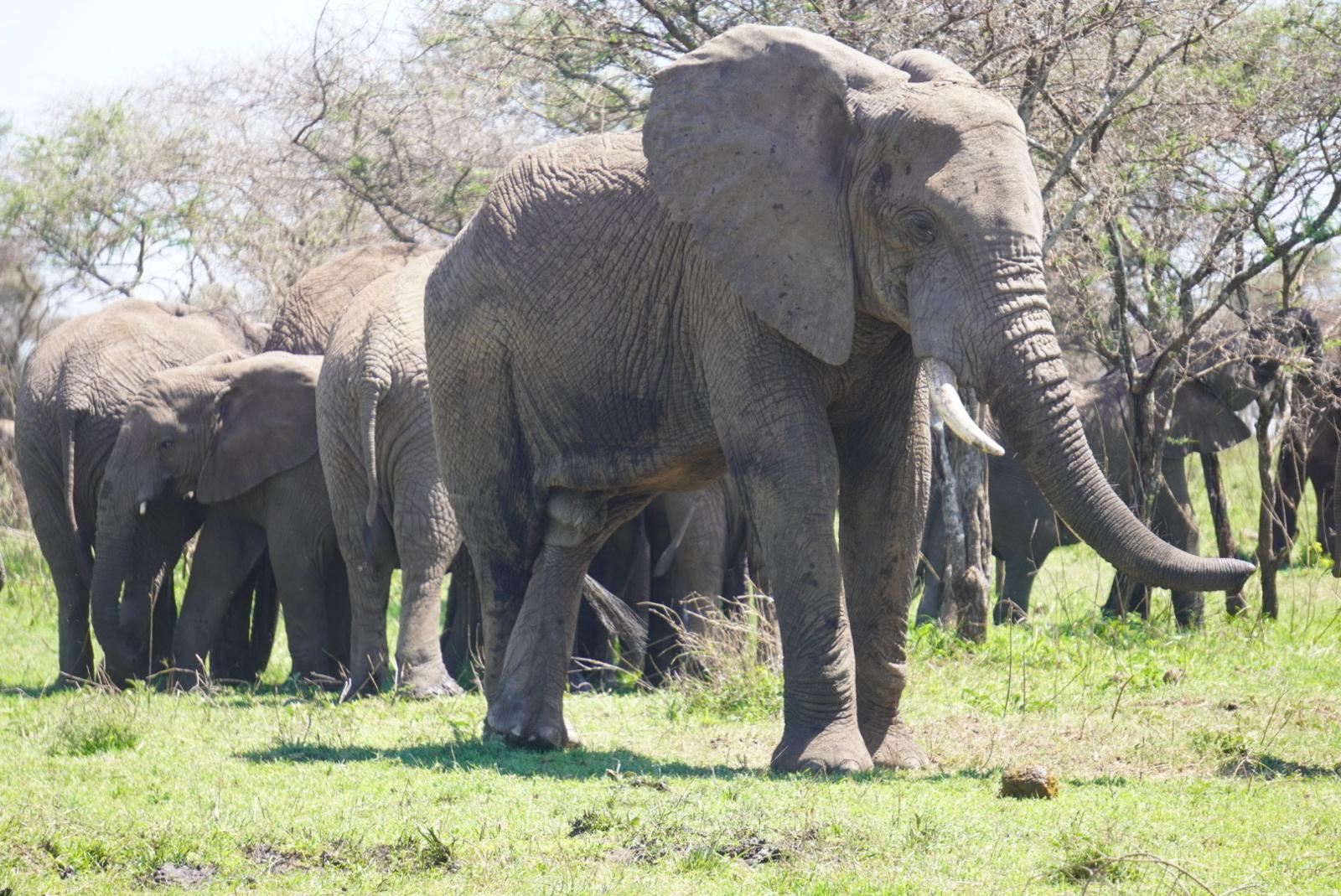 14 Days from$6776 p/p in USD
14 Days from$6776 p/p in USD DeparturesYear Round
DeparturesYear Round
Destinations
Tanzania,
Tour Type
Guided, Small Group
Safari Standard
Mid Range
Tour Overview
This safari unveils the best of Tanzania for you. From the unforgettable wildlife galore to the cultural experiences, it will surely take your breath away. You will visit all Tanzania’s northern circuit national parks where with luck you will see the Big Five as well as a wealth of other wildlife and the spectacular migration depending on date of travel.
General Information
- Safari types:Big Five Safari, Guided Safari, Wildlife Safari
- You will visit:Serengeti National Park, Lake Manyara NP, Tarangire National Park, Ngorongoro Crater, Lake Natron, Materuni Waterfalls, Lake Eyasi, Mto Wa Mbu, Mkomazi National Park
- Wildlife:Big Five, Birds, Zebra, Giraffe, Hippo, Crocodile, Cheetah, Wild Dog, Hyena, Wildebeest, Colobus Monkey, Baboon, Dik Dik, Blue Monkey, Kudu, Eland, Oryx, Waterbuck, Warthog, Blue Monkey, Gerenuk, Topi, Grant's Gazelle, Hartebeest
- Activities:Game Drive, Trekking, Hiking, Village Visit, Cultural Experience
- Getting around:Game Viewing Vehicle
- Start/end:Start in Arusha, end in Arusha
- Minimum age:1
Overview
Day 1 Start Arusha
Day 1 Moshi (Town)
Day 2 Mkomazi NP
Day 3 Materuni Waterfalls (Highlight)
Day 4 Mt Kilimanjaro
Day 5 Tarangire NP
Day 6 Lake Manyara NP
Day 7 Lake Natron
Day 8 Northern Serengeti NP
Day 9-10 Central Serengeti NP
Day 11 Ngorongoro Highlands
Day 12 Ngorongoro Crater
Day 13 Lake Eyasi
Day 14 Mto wa Mbu (Town)
Day 14 End Arusha
Price Per Person – USD
From USD 6,776 per person
What's Included
- Accommodation & meals as per itinerary
- All activities (unless labeled as optional)
- A professional driver/guide
- All transportation
- Roundtrip airport transfer
- Drinking water
- Park fees (for non-residents)
- All taxes/VAT
What's Excluded
- Flights & visas
- Additional accommodation before & after the tour
- Drinks & some meals
- Tips (tipping guideline US$10.00 pp per day)
- Personal items (souvenirs, travel insurance etc.
- Government imposed increase of taxes and/or park fees
Disclaimer
- This itinerary is owned and delivered by ‘Berngo Safaris‘
- All prices are ‘From’ and may vary at the time of booking
- Display price is usually based on two people sharing
- ‘Berngo Safaris‘ reserves the right to change the content and price of the itinerary
- All itineraries and services are subject to availability
Day by Day Overview
Upon arrival at Kilimanjaro International Airport, you will be picked up by our driver. You will then be transferred to Lindrin Lodge for dinner and your overnight stay. You will have time to review your itinerary as the adventure begins early in the morning.
With Mount Kilimanjaro to the northwest, to the south the Pare and Usambara Mountains, and to the north Kenya’s vast Tsavo National Park making common ground for migratory herds of elephant, oryx and zebra during the wet season. Together with Tsavo, it forms one of the largest and most important protected ecosystems on earth. Mkomazi National Park stands out from all other national parks as it has a black rhinoceros sanctuary and the captive-breeding program for the African wild dog. Seeing these two unique endangered species is a once in a lifetime adventure together with other species such as giraffe, eland, hartebeest, zebra, buffalo, elephant and the long necked gerenuk. Bird spotting is excellent with more than 450 avian species recorded including endemics such as the cobalt-chested vulturine guinea fowl and other large ground birds such as ostrich, kori bustard, secretary bird and ground hornbill.
On the way, your guide will inform you about the culture of the Chagga, village life and explain the surrounding fauna and flora. The views are truly breathtaking, and with some luck you will see the summit of Kilimanjaro. When you reach the waterfalls, you will see that they are more than 80 meters high. The pool at the bottom of the waterfall is an inviting place for a refreshing swim so don‘t forget your swimwear!
After having enjoyed the scenery, you slowly return with your guide to Materuni village, where you will experience a traditional Chagga lunch. Next the coffee experience awaits you. Here you will learn how coffee is cultivated, dried, roasted and further processed. You will also be invited to help with the grinding of the coffee, which is traditionally accompanied by Chagga songs and dances – a fun way to immerse yourself in the local culture. Before you say goodbye, you can savor the coffee you made and appreciate the views of the surrounding rainforest.
The trek begins at the Marangu gate and you will soon be hiking through the dense Kilimanjaro rainforest. Alongside the impressive vegetation, you will have the chance to catch a glimpse of black and white colobus monkeys, blue monkeys and various bird species. Our knowledgeable guide will inform you about Kilimanjaro and will explain the different species of plants and animals you will see. After a 3-4 hour hike, you will reach Mandara Hut (2700m), where you will have a well-earned rest and lunch. Your guide will then take you on a short hike (15 minutes walking distance) to the Maundi Crater, where you can enjoy wonderful views of Mount Kilimanjaro, Northern Tanzania and Kenya. Once you have thoroughly enjoyed the views, you will return to the Marangu Gate (2-3 hours walking distance), where your vehicle will be waiting for your transfer back to your hotel.
Giant baobab trees, bush savannah and seasonal marshes add to the wonder of this nature reserve. The Tarangire National Park is considered one of the best places to view elephants up close. The park is also home to buffaloes, zebras and wildebeests, which are always closely followed by a range of predators such as lions. Leopards are seen now and then but cheetahs are rarely spotted. From the open roof of the safari jeep, you will be able to absorb the landscape and watch the animals. In the late afternoon, you will leave the park and head to Arusha/JRO.
The park is dominated by the lake of the same name, which attracts large colonies of water birds. Particularly impressive are the pink-colored flamingos, but also many other bird species such as cormorants, pelicans or storks can be observed here. A total of about 400 different bird species live in the park. The park is also famous for its tree climbing lions, which are usually found in the central and open part of the park. During the safari you will also see elephants, zebras, giraffes, buffaloes, hippos and many other animal species. In the late afternoon you leave the national park and head to the lodge for dinner and overnight.
Just past Mto wa Mbu you leave the asphalted road; along the East African Rift Valley the drive continues on adventurous slopes. The drive leads past Maasai villages and the holy mountain of the Maasai, the Ol Doinyo Lengai. As soon as the Maasai village Ngare Sero comes into sight, it is not far to the lake. The outlet Lake Natron is the home of a remarkable variety of birds, in particular about 2.5 million dwarf flamingos; the lake serves them as a regular breeding ground. The water is strongly saline and the basis of life for unicellular algae and bacteria, which are responsible for the planar red-brown to purple-violet coloring of the lake. The area around Lake Natron is one of the most beautiful and unspoilt regions in Africa. You will make a hike to the lake and then you will visit the nearby waterfalls, a true oasis with awesome waters to swim.
On adventurous slopes, it goes up the Rift Valley into the wide plains of the Serengeti. It is the heart of a vast ecosystem, whose species-rich animal world is unique in the world. Annually, the great migration involves over 1.4 million gnus, almost 300,000 Thomson’s gazelles, about 200,000 zebras and several thousand topi’s during the rainy seasons to the areas with the greener and lush meadows. With about 3 million larger mammals, the Serengeti is the national park with the richest wildlife worldwide. Around two-thirds make up the above-mentioned animal species, as well as many other animal species, such as giraffe, buffalo, hyena, elephant or crocodile. Particularly large is the population of feline predators, about 3000 lions, a good 300 cheetahs and an estimated 400-700 leopards have their hunting ground here.
This morning you will continue with further game drives in Northern Serengeti, at noon you will leave for Central Serengeti. On your way you will enjoy some more game viewing before you leave the north in the early afternoon to continue your journey central Serengeti where you will be amassed with more great wildlife viewing.
The entire day is dedicated to game viewing in the Serengeti. The areas that you visit will depend on where the migrating herds are. Predators usually follow closely behind the trekking animals and include lions, leopards (in the acacia trees) and cheetahs. During the short rainy season in November and December, the herds move from the hills in the north to the plains in the south. During the longer rainy season from April to June, they return up north. As the migration is completely dependent on the yearly rainfalls, the location of the herds may vary from year to year but your guide will know where to locate the animals and where to see them best. You will spend the night at Tukaone Serengeti Camp.
This morning you will continue with further game drives in the Serengeti, at noon you will leave for Ngorongoro Conservation Area. On your outward journey to the park gate, you will enjoy some more game viewing before you leave the Serengeti National Park in the early afternoon to continue your journey to the Ngorongoro Conservation Area. As soon as you reach the edge of the Ngorongoro Crater, you will see the giant caldera below – a breathtaking view.
On this day you will descend over 600 meters into the crater to view wildlife. Supported by a year round water supply and fodder, the Ngorongoro conservation Area supports a vast variety of animals, which include herds of wildebeest, zebra, buffalo, eland, warthog, hippo, and giant African elephants. Another big draw card to this picturesque national park is its dense population of predators, which include lions, hyenas, jackals, cheetahs and the ever-elusive leopard, which sometimes requires a trained eye to spot. We will visit Lake Magadi, a large but shallow alkaline lake in the southwestern corner, which is one of the main features of the crater. A large number of flamingos, hippos and other water birds can usually been seen here.
The Hadzabe Bushmen are the last true hunter-gatherers in East Africa, around the lake live about 700-800 tribesmen in small groups. The Hadzabe live almost the same way as our own ancestors in the Stone Age. They hunt animals with bow and arrow and collect fruits, roots and honey from the baobab trees. After a welcome and an insight into the village life, it goes with some men on a common hunting. The hunt takes place at a fairly fast pace, especially when an animal is spotted. The Hadzabe hunt antelopes and gazelles, but also smaller animals such as birds or mongooses. In the late morning you will visit then the Datoga tribe. These pastoralists are also skilled blacksmiths. They collect metal scrap, which they cleverly process into bracelets, arrowheads and knives. You also have the opportunity to visit one of the huts in the village. Here you can watch the women how they grind flour from corn, from which later bread is baked.
On the last day, you’ll head to Mto wa Mbu. You will be able to discover the traditional life of the Maasai, their culture, their traditions and visit their bomas (grouping of huts of an extended family). On arrival at the village, expect to be greeted in the traditional manner: plenty of singing and dancing, with participation very much encouraged! There is then the opportunity to learn about some of the customary practices such as fire-making and beadwork. You may also get the chance to meet and speak to villagers in their homes—questions are very welcome and your guide will happily interpret if needed. During your visit, there is also the opportunity to purchase handmade leather and beadwork from the villagers. Once your time in the village has come to an end, you will head back to Arusha/JRO.
Login to your account
Register as a traveller if you are looking for deals
Register as a travel partner if you offer amazing safaris


